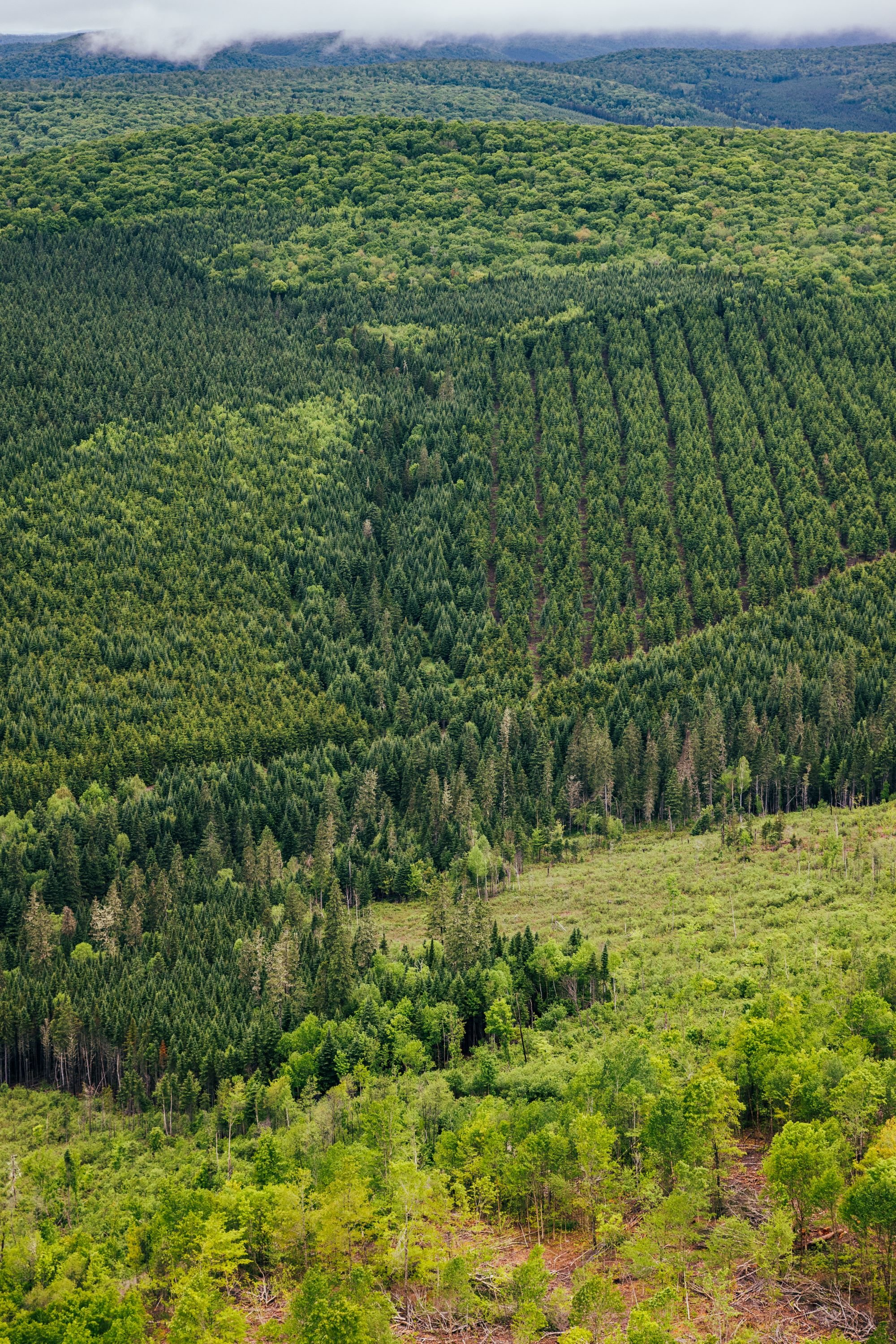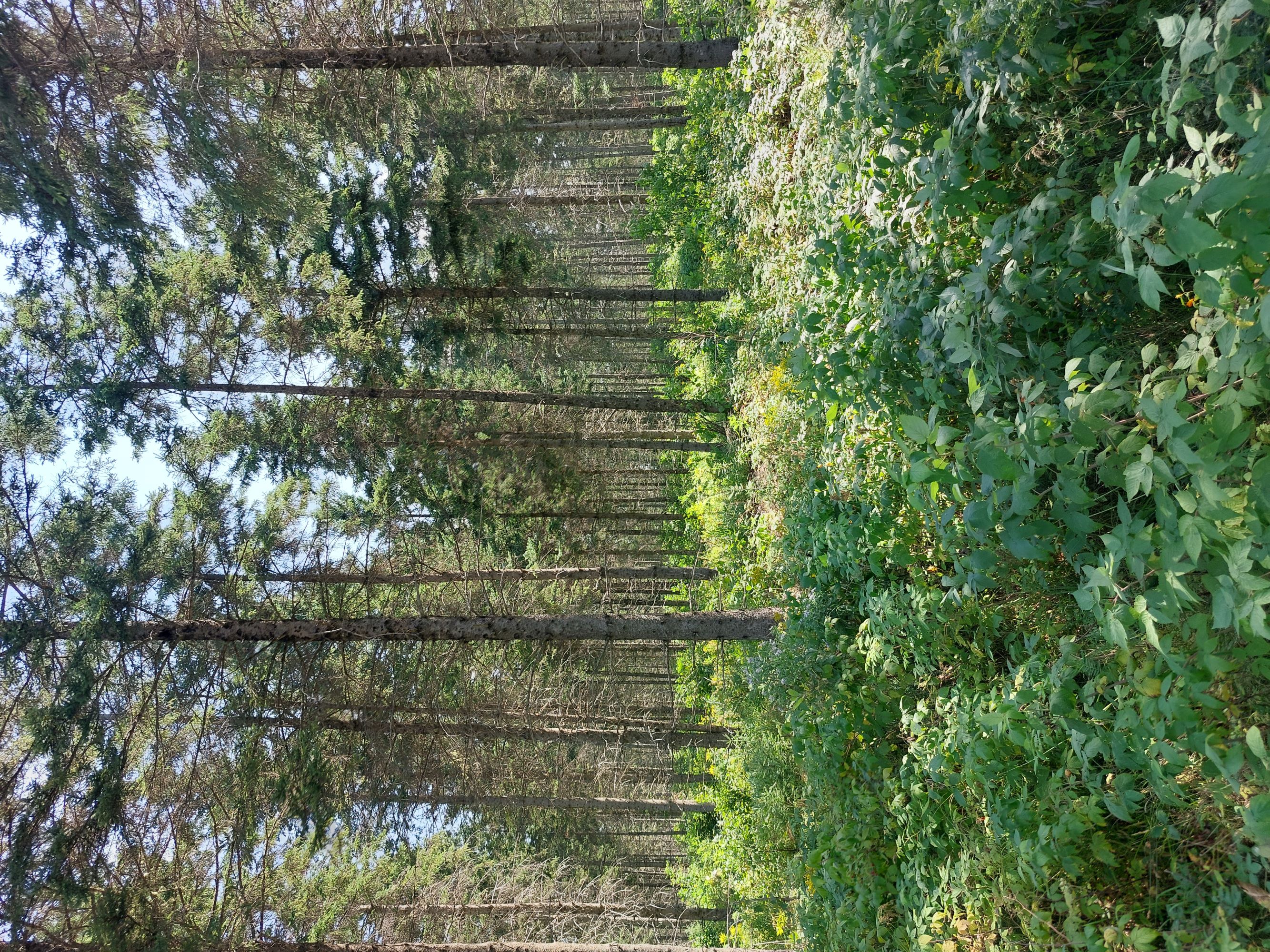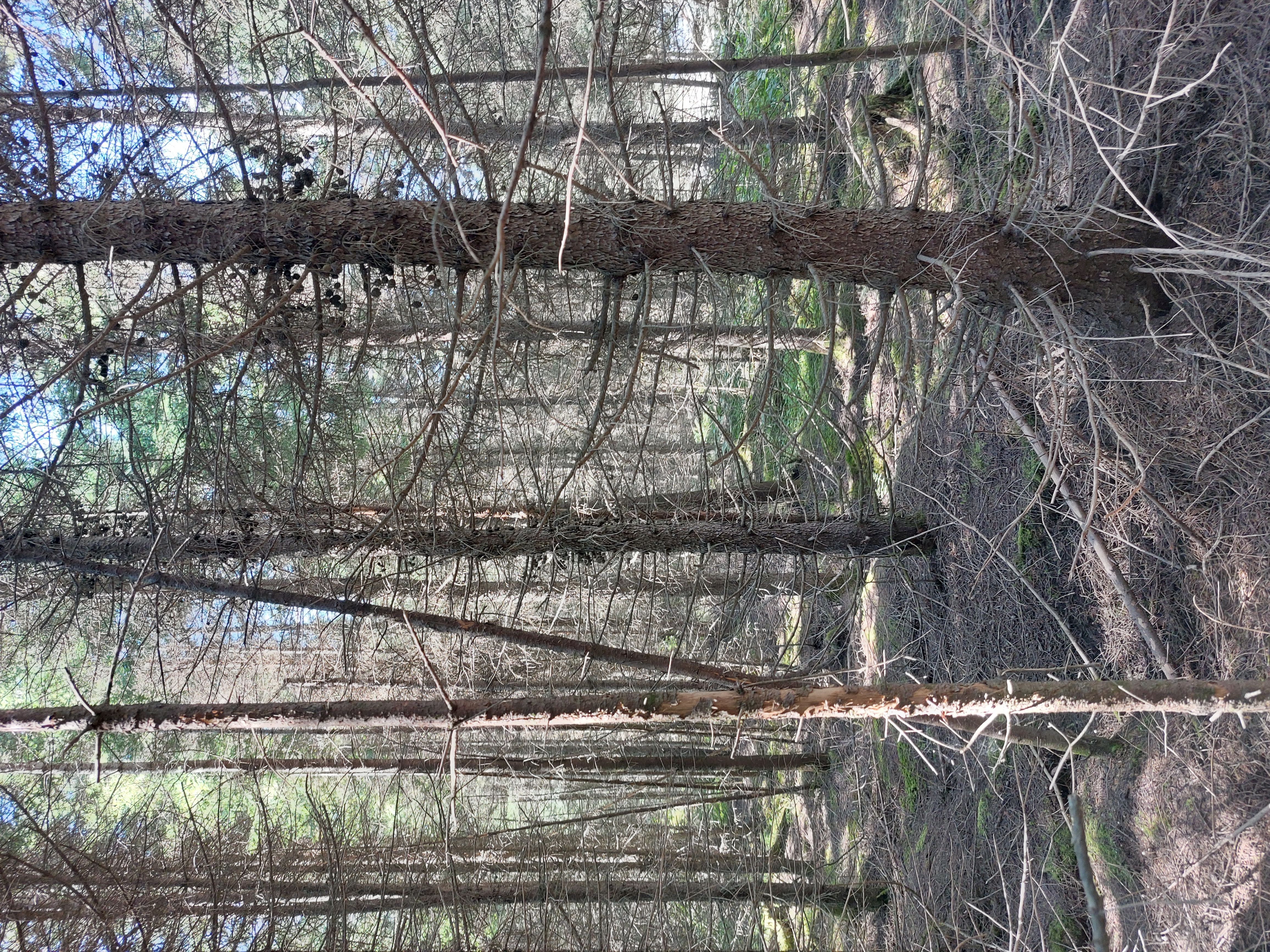Wildfire and the Working Forest Part 1: Resiliency
J.D. Irving, Limited manages 2.4 million hectares (5.9 million acres) of forest in New Brunswick, Nova Scotia and Maine. Minimizing the impacts of wildfires on the working forest and surrounding communities is an important facet of the company’s approach to sustainable forest management.
This is the first in a three-part series about wildfires and the working forest. Part 1 focuses on the built-in resiliency of the working forest within the Acadian Forest landscape.
Wildfire season runs from April to October in the forests where J.D. Irving, Limited operates. While there are forest fires in this region each season, they tend to happen less frequently and on a less severe scale than the fires found in the boreal and western forests of North America. This is because the working Acadian Forest has inherent resiliency to wildfires.
The Acadian Forest
Spanning New Brunswick, Nova Scotia and Maine, the Acadian Forest is typified by its patchwork of softwood and hardwood trees. This sets it apart from the boreal and mountain west forests, which comprise large swaths of pure softwood trees. Hardwood trees do not burn as easily as softwood trees and thus act as natural fire breaks in the Acadian Forest that can help keep fires from spreading.
The climate of the Acadian Forest has more rainfall and humidity as well, creating higher moisture levels that reduce vulnerability to fire.
 Hardwood trees, which are light green in this photo, are less vulnerable to fire and act as natural fire breaks, while the thinned areas, in the middle right of this photo, help prevent fires from spreading.
Hardwood trees, which are light green in this photo, are less vulnerable to fire and act as natural fire breaks, while the thinned areas, in the middle right of this photo, help prevent fires from spreading.
The Working Forest
The working forest is an actively managed forest with wildfire resilience built in. It’s a continuous cycle of harvest and renewal where older and dead trees that contain more fuel to burn are harvested, leaving younger trees with less fuel behind. The result is there is less total fuel on the landscape.
In the working forest, trees are more spaced out due to thinning, a practice that helps fireproof the forest. Smaller, less healthy trees and dead trees – referred to as ladder fuels – are removed to give more space for trees to grow. This makes it harder for a fire to climb from the ground to the treetops, also known at the forest crown – a crucial element since fires become more challenging to extinguish once they reach the crowns.
Thinning has the added benefit of allowing more sunlight to penetrate and support more plant life, which increases moisture levels on the forest floor, helping to mitigate against fires.
Working forests also contain a well-maintained network of forest roads. These roads provide access for firefighters to quickly reach fires and start suppression activities from the ground.
 In a thinned stand, dead and unhealthy trees are removed to create space between trees and reduce fuel for fire. Vegetation adds moisture to the forest floor.
In a thinned stand, dead and unhealthy trees are removed to create space between trees and reduce fuel for fire. Vegetation adds moisture to the forest floor.
 Unthinned stands have dead and dry trees and dry ground conditions that increase vulnerability to fire.
Unthinned stands have dead and dry trees and dry ground conditions that increase vulnerability to fire.
Everyone has a role to play in reducing the risk of fires. Prevention measures like not leaving a fire unsupervised, paying attention to fire risk notices and weather conditions, sticking to trails when in the woods and not driving ATVs over dry brush/grass can go a long way in preventing fires from starting.
If someone notices a fire has become out of control, call 911.
For more on wildfires and the working forest, check out the other stories in this series.